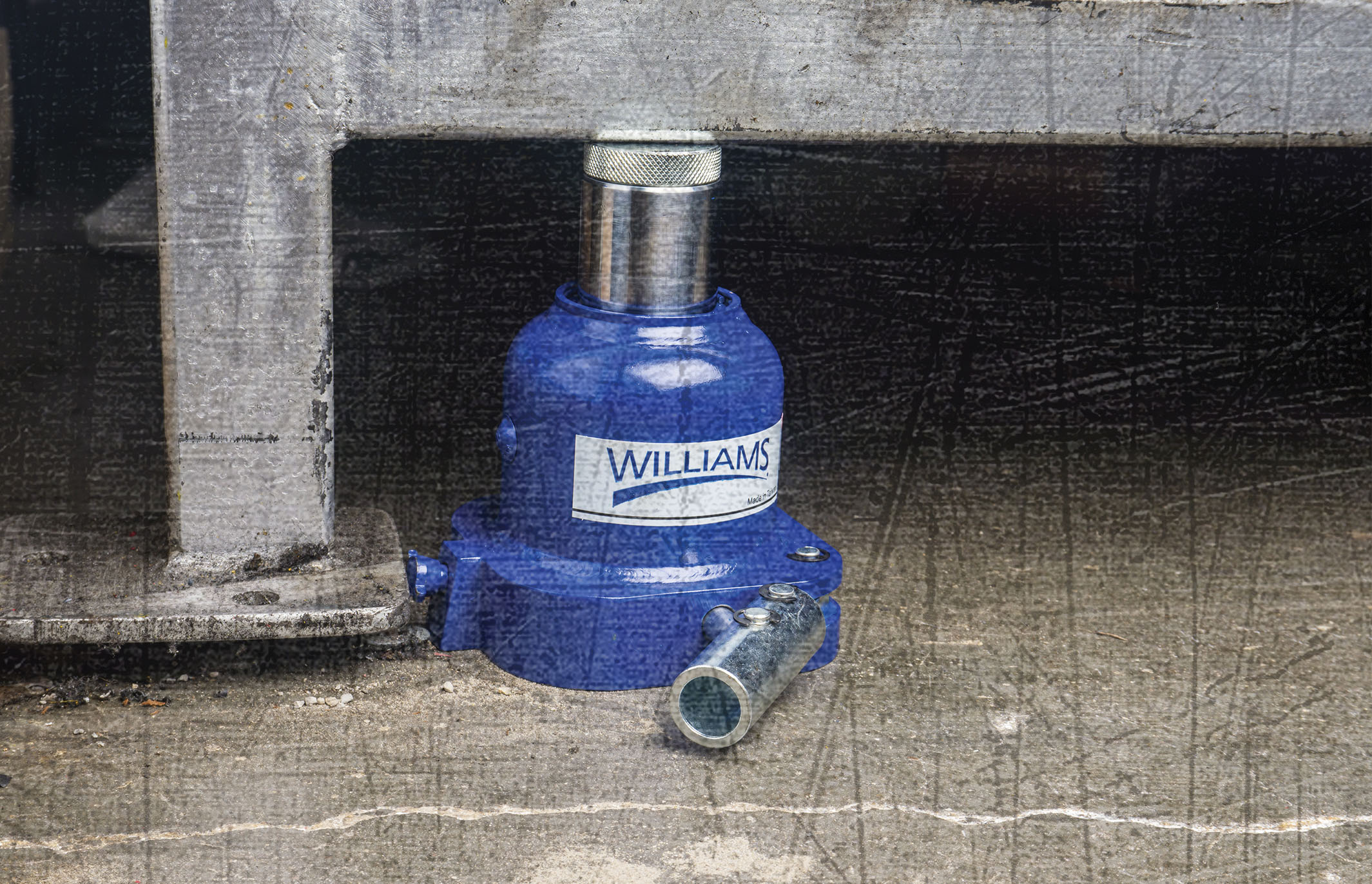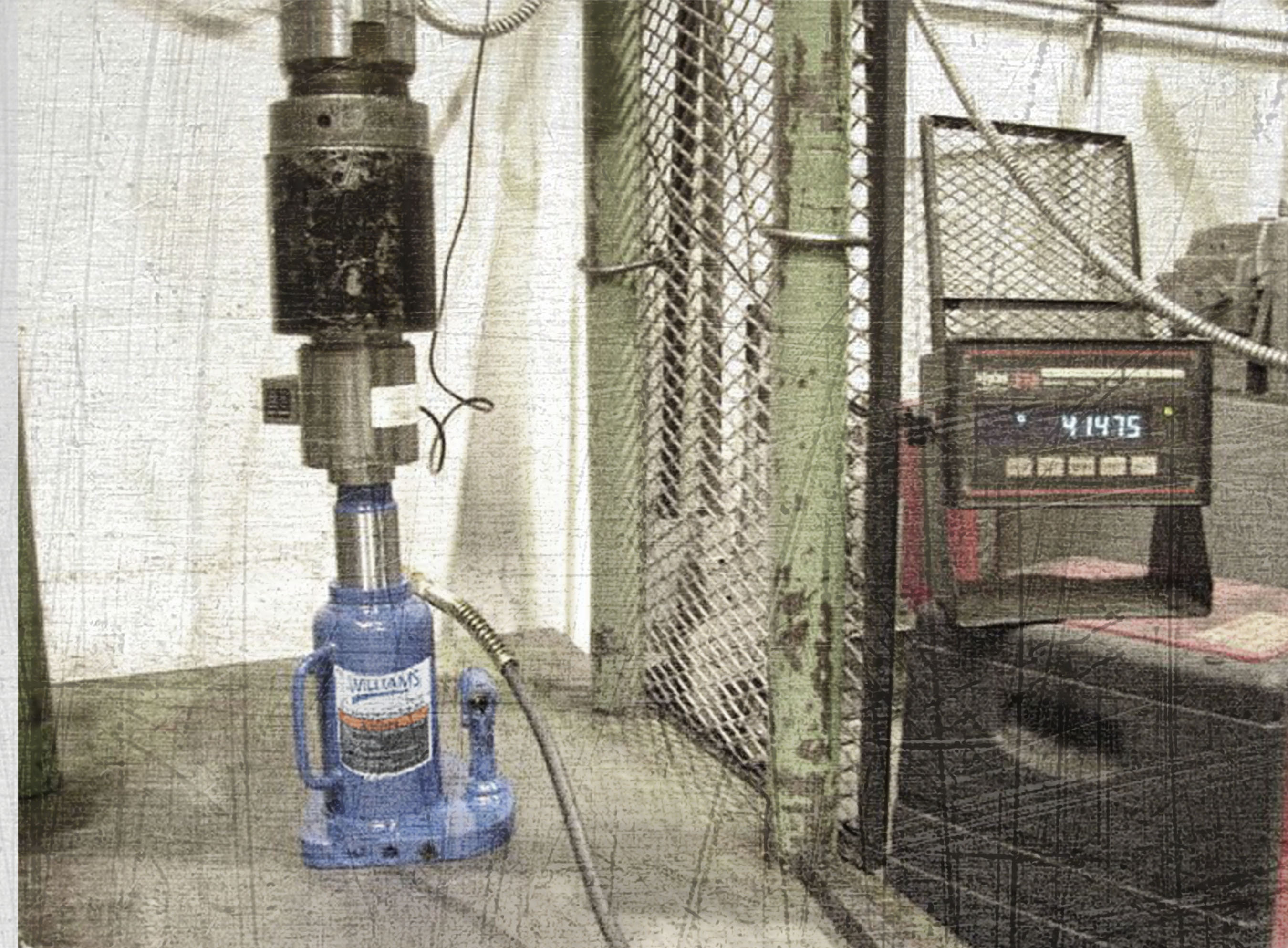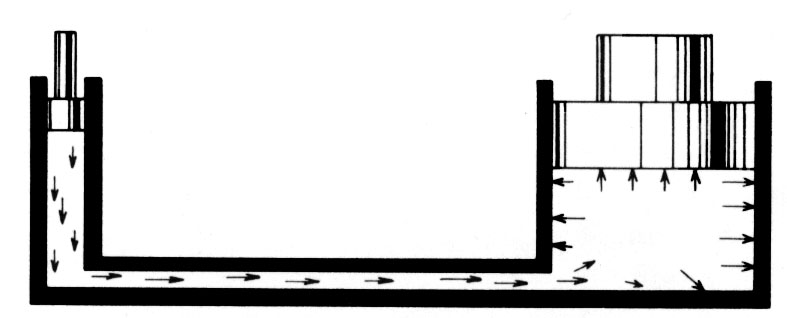

INDUSTRIAL HYDRAULICS

VERSATILE. EXPERT SERVICE.
Hydraulic tools are used for pressing, pulling, pushing, spreading, lifting, lowering and straightening. They are powerful and can be used in many applications from railroads, construction, Maintenance, Repair & Operations including warehousing, refineries, power plants, industrial maintenance shops and factories and more. In addition to our extensive product line, our hydraulic products are interchangable with other leading brands making them one of the most versitle on the market. Need additional information or have questions on a product, Williams has a dedicated Hydraulics service center where experts are just a call away!
SUPERIOR QUALITY. TRUSTED RELIABILITY.
Hydraulic products need to be strong and reliable. With lifting capacity up to 100 tons, quality is a top priority to ensure the safest possible product. Williams industrial products are manufactured from high strength steel and aluminum alloys and are designed and tested to withstand the harshest industrial environments.
* 100% functional QC testing done on all cylinders & pumps
* Parts are inspected and ultrasonically cleaned; Robotic welding machines
are used for precision welds
* Quality control reports are generated on all products
* Marathon tested to 10,000 cycles
* All metal construction – hand & air pumps
* Cylinder pistons are chrome plated preventing scratching and
corrosion, most competitors use a machined piston
* Bottle jack hydraulic systems are protected from internal damage by a
patented by-pass mechanism
* 100% functional QC testing done on all cylinders & pumps
* Parts are inspected and ultrasonically cleaned; Robotic welding machines
are used for precision welds
* Quality control reports are generated on all products
* Marathon tested to 10,000 cycles
* All metal construction – hand & air pumps
* Cylinder pistons are chrome plated preventing scratching and
corrosion, most competitors use a machined piston
* Bottle jack hydraulic systems are protected from internal damage by a
patented by-pass mechanism


History of Hydraulics & How Hydraulics Work
Pascal was a French mathematician, physicist and inventor. He discovered and formulated the “Law of Hydraulics” about the year 1650. Pascal’s law states, “that an external force exerted on a unit of area of a confined liquid will be transmitted undiminished to every unit area of the interior of the vessel,” is the basis upon which every hydraulic device functions.
Simply stated, when the handle is pumped, force is exerted with a small piston on an area of a confined liquid that force is transmitted by the liquid through a hose or pipe to the interior area of the hydraulic cylinder, forcing the piston to move.
Simply stated, when the handle is pumped, force is exerted with a small piston on an area of a confined liquid that force is transmitted by the liquid through a hose or pipe to the interior area of the hydraulic cylinder, forcing the piston to move.

